In Apple’s App Store, I recently came across Wildfulness: Unwind in Nature. For $2.99, the app will pair “beautiful on-screen animations reflecting natural scenes, such as winter mountains and spring mornings, with forest sounds.” Wildfulness promises to help its users “relax from your busy day.” No need to ever step outside.
Wildfulness isn’t unique. A quick search reveals dozens of apps designed to mimic a natural outdoor experience, while promising to provide the same mood-boosting and stress-relieving benefits as the real deal.
The reason we need natural stress relief
Enter this as one more piece of evidence in the case-closed debate arguing North Americans are lacking time outdoors. A recent study by the Environmental Protection Agency claims the average American spends 93 percent of his or her life inside—87 percent indoors and six percent in automobiles. That results in the measly equivalent of just half a day outside a week—probably accumulated while taking out the garbage and walking around the block for a carton of milk.
Rather than prescribe themselves a walk in the park, today’s technophiles are increasingly turning to high-tech solutions to self-soothe. Surprisingly, there’s evidence to suggest these nature-infused apps do impart at least some of the benefits of actual time under a leafy canopy.
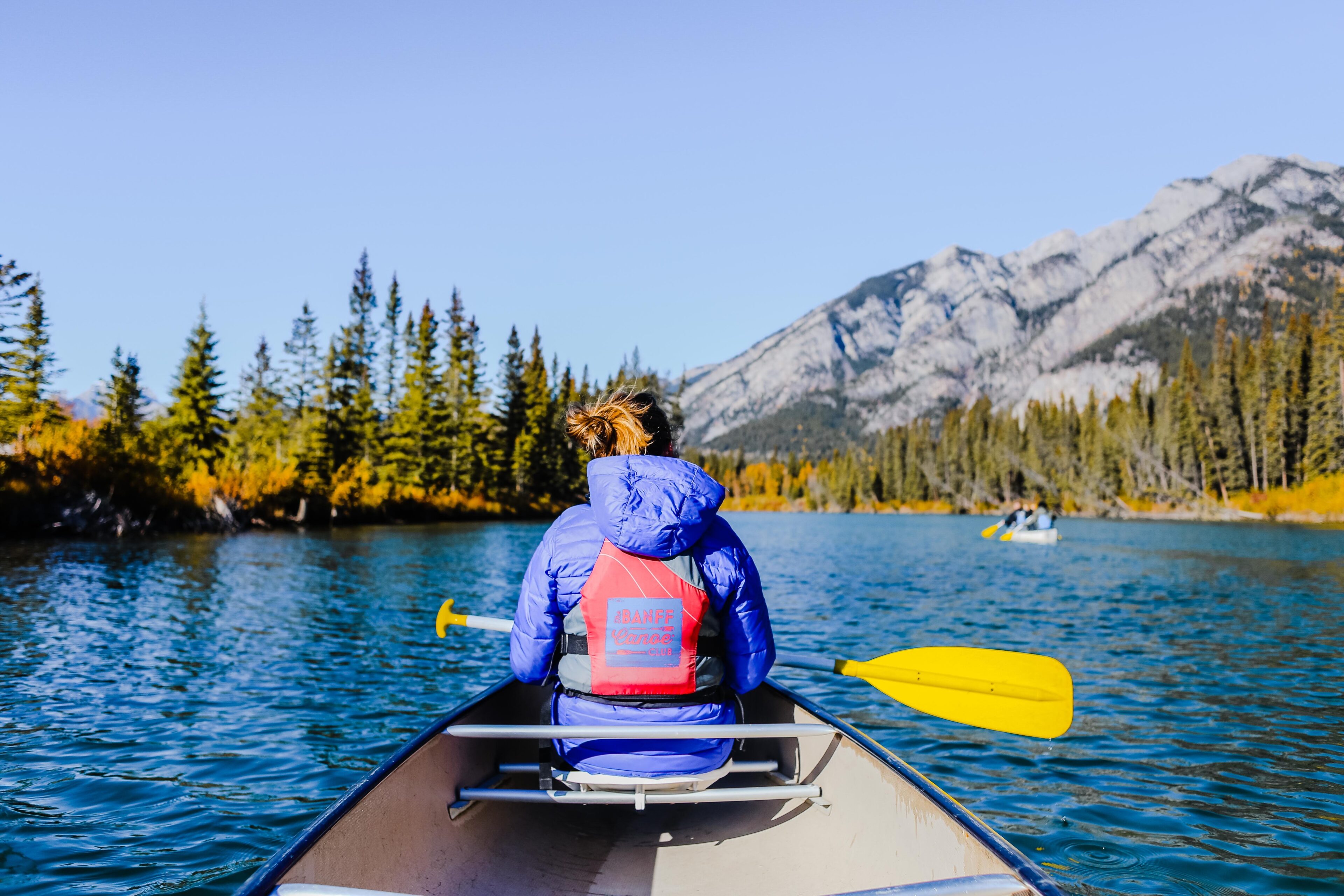
Research shows forest scenes in a virtual reality atmosphere can lower blood pressure. Guided visualization exercises designed to mimic walking down a forest path can lower stress hormones. Listening to birdsong on earbuds can boost creativity. To me, these hacks seem like high-tech fixes to a low-tech problem.
An extreme example is in South Korea, where 90 percent of the nation’s youth experience myopia due to vitamin D deficiency from lack of sun exposure. Full-spectrum lights may be installed in classrooms nationally to stem the tide of short-sightedness.
“Thanks to a confluence of demographics and technology, we’ve pivoted further away from nature than any generation before us,” journalist Florence Williams writes in her 2017 book, The Nature Fix. “At the same time, we’re chronically burdened by ailments made worse by spending time indoors; from myopia and vitamin D deficiency, to obesity, depression, loneliness and anxiety.”
Stress relief activities and stress management
I know I’m preaching to the choir when I write nature is good for the body and mind. Last fall, I picked up The Nature Fix to find out why. I believe nature makes us happier, healthier and more creative, but what is happening on a physiological level?
Williams tracked down the top nature neuroscientists around the globe to explore why our brains are hardwired for nature. She travels to Japan to study the practice of shinrin yoku, or forest bathing—a fancy term for a walk in the woods. There she meets with Yuma University researcher Yoshifumi Miyazaki, who hypothesizes our bodies relax in pleasant, natural surroundings because they evolved there. For 99 percent of Homo sapiens’ history, we’ve been a species living outdoors.
Miyazaki’s work begins to quantify the almost mystical benefits the natural world can offer up. On average, his findings show a 15-minute walk in the woods offers a 16 percent decrease in stress hormone cortisol, a two percent drop in blood pressure, and a four percent drop in heart rate. It was enough for the Japanese government to take note and create 48 forest bathing therapy trails maintained by the national forest service.
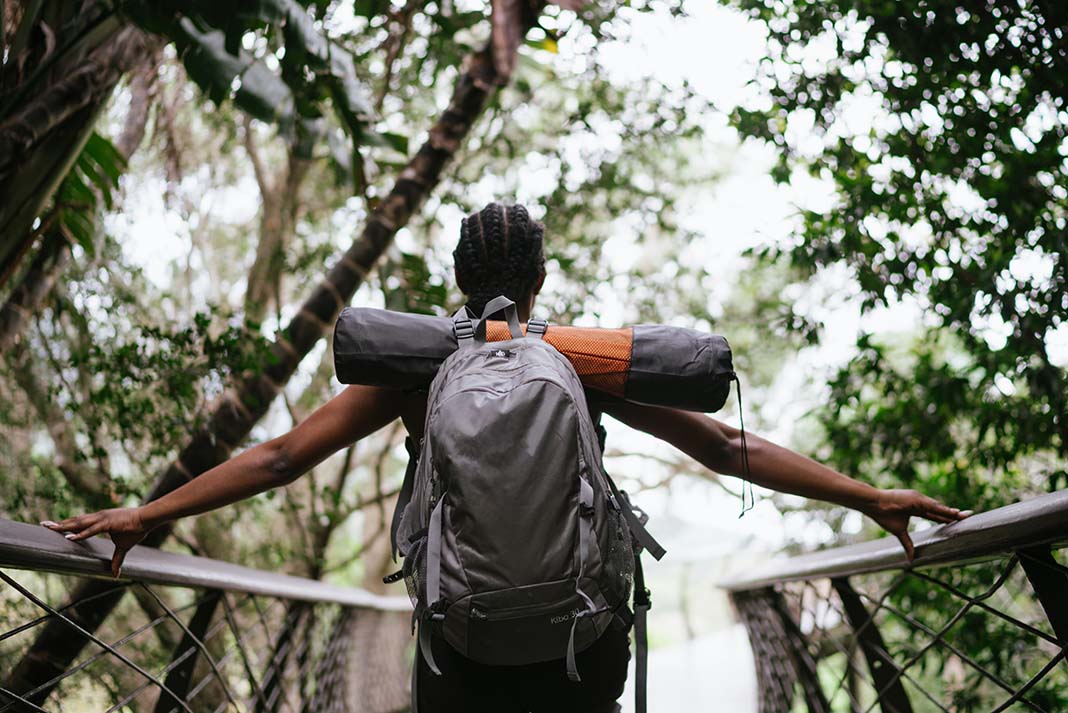
Over two years, Williams traveled to three continents to meet with experts. Among some of the findings she uncovers: Just 15 minutes outside increases short term memory. When listening to birdsong or looking at fractal patterns—like a leaf or droplet on water—the prefrontal cortex quiets down and our brains produce more alpha waves, associated with calmness, flow and meditation. Phytoncides—a technical term for nice tree smells—boost white blood cell production.
Spend 45 minutes outside and most subjects will experience a boost in cognitive performance. Spend five hours a month in the woods to stave off depression, at least according to Finland’s public health officials. Spend three days outside and, in the words of one researcher, “that’s when things start to get profound.”
In the end, Williams comes up with this ultra-simple mantra: go outside, often, sometimes in wild places. To get maximum benefit, she recommends a pyramid approach. Take walks in tree-filled spaces in your neighbourhood daily, explore accessible and wilder areas weekly or monthly, and make time for transformative multi-day trips once or twice a year. The perfect recipe for a dose of natural stress relief and anxiety relief.
A fact-based answer to the woolly question of why nature soothes us so effectively may always be elusive—perhaps, it’s a question best left to philosophers. What is becoming clearer is precisely how nature benefits us. The connection between humans and the natural world is so strong, viewing a digital representation of a beautiful landscape—or even the photo accompanying this column—may be calming.
The notion nature is essential to humanity seems romantically poetic. Increasingly, it’s also delightfully factual. The data is starting to catch up with what so many of us already intuitively know: We belong outside.
This article was first published in Paddling Magazine Issue 53. Subscribe to Paddling Magazine’s print and digital editions here, or browse the digital archives here.
Kaydi Pyette is the editor of Paddling Magazine. While creating this issue at her desk, she sat under a full-spectrum light, beside a humidifier infused with pine oil, while listening to a looped 11-hour track of tranquil birdsong on YouTube.
“Imagine a therapy having no known side effects, was readily available, and could improve your cognitive functioning at zero cost.”— Berman, Jonides, and Kaplan, 2008. | Photo: Ariel Estulin



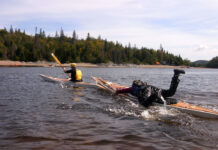
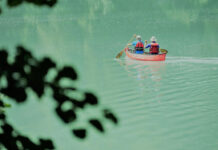

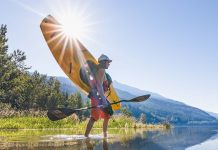
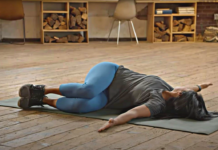

I agree 100%, but that said, even if you have access to a natural area around you, you will usually find trash, a beer can or food wrapper or a used tire laying there…or if you like taking pictures, a cell phone tower…or peace and quiet, loud pipe exhaust from a bike/truck or ATV or airplane overhead…It really is getting harder to experience “nature” like the photos or soundtracks give us. But I still prefer to be outside, I just narrow my focus to the special moments.
I agree, the trash does detract from the experience. So I take along a bag, and when I see trash, I pick it up. Then I get the full benefits of the view, and feel good because I am making it better for the next person.